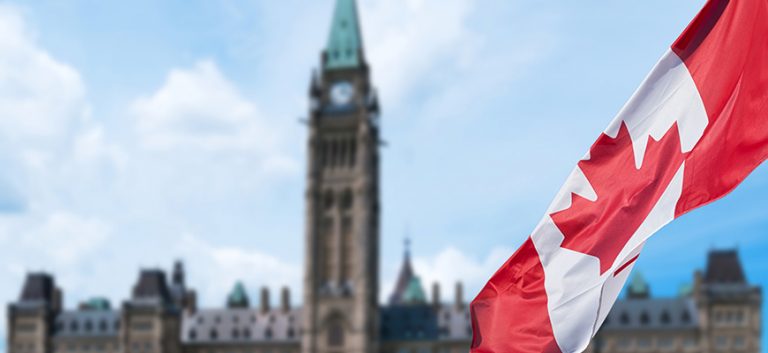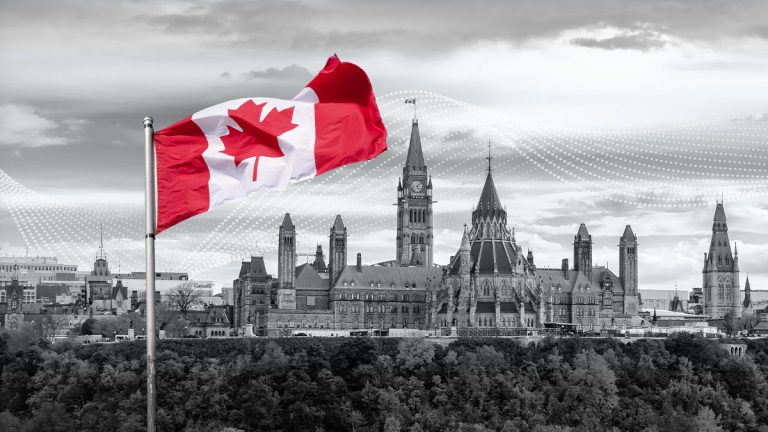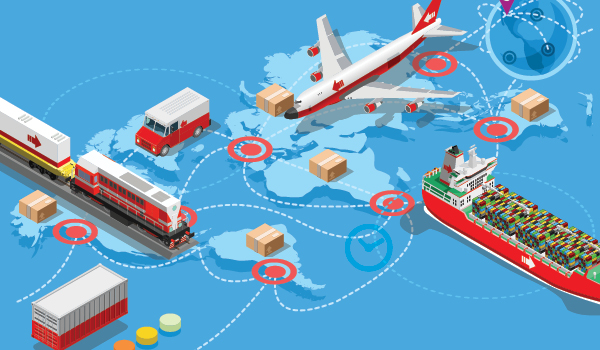
expatfinancial
Canada Healthcare System
If you searched canada healthcare system explained, this guide gives a current, plain-language picture of how Canada’s Medicare works in 2025. Canada’s health system is publicly funded, provincially delivered and constantly evolving — recent federal funding deals, the first bilateral pharmacare agreements and national targets mean important changes are underway. Below you’ll find who pays and who delivers care, what Medicare covers (and what it usually doesn’t), the state of wait times, the evolving pharmacare rollout, and practical tips for patients and newcomers.
The basic model — public funding, provincial delivery
Canada’s Medicare is a decentralized universal system: the federal government sets national standards and provides funding, while provinces and territories are responsible for delivering most health services (physician and hospital care). Each province/territory runs its own insurance plan with slightly different rules and supplementary benefits; but “medically necessary” hospital and physician services are covered across the country. This federal-provincial split is central to any explanation of canada healthcare system explained. (Canada.ca)
Who pays — the Canada Health Transfer and bilateral funding deals
The federal government supports provincial health systems mainly through the Canada Health Transfer (CHT) and other targeted bilateral funding. Recent federal agreements include multi-year funding packages to support shared priorities (mental health, primary care, surgical backlogs) and very large bilateral commitments: the federal working-together agreements package included $25 billion over 10 years for four shared priorities, and the CHT remains the primary ongoing transfer. These funding shifts aim to address access problems and support national priorities while respecting provincial delivery authority. (Canada.ca)
What Medicare covers — core services and common gaps
Under the Canada Health Act, Canadian Medicare generally covers:
- Medically necessary hospital care (inpatient and essential hospital services).
- Medically necessary physician services and primary care visits.
However, many services are commonly not universally covered by Medicare and are often paid for through private insurance, provincial programs or out-of-pocket:
- Prescription drugs outside hospitals, dental care, vision care, and many home-care services. Provinces often provide targeted programs for seniors, low-income residents or specific conditions, producing variation across the country. (Canada.ca)
Pharmacare: early rollout and the first bilateral agreements (2024–2025)
Expanding prescription-drug coverage has been a major federal policy focus. The Pharmacare Act (first phase) and Budget 2024 commitments launched an initial national pharmacare program with targeted coverage (contraception, diabetes medications and devices) and $1.5 billion over five years to start implementation. By early 2025 the federal government began signing provincial bilateral pharmacare agreements to operationalize the program — for example, Canada announced pharmacare agreements with several provinces in 2025 as provinces negotiate the terms for coverage rollouts. Pharmacare is a phased, cooperative federal-provincial effort rather than a federally imposed single plan, so implementation timing and scope vary by province. (Canada.ca)
Access and wait times — recent trends and pressures
Access to timely care remains a pressure point. CIHI and other analysts report that median wait times for priority procedures (hip/knee, cataracts, certain cancer surgeries) rose in the early 2020s compared with pre-pandemic levels, and 2019→2024 comparisons show increases in wait times for several cancer surgeries and joint replacements. Provinces and hospitals are using funding, surgical recovery plans and private-public partnerships to reduce backlogs, but waits still vary substantially by province and by procedure. If you want to track specific procedure wait times, CIHI’s wait-times visualizations provide province-level and procedure-level data. (CIHI)
How care is accessed in practice
For most residents:
- Register for provincial/territorial health coverage (newcomers often have a short waiting period in some provinces).
- Find a family physician or nurse practitioner — provinces maintain registries or “waitlists” to help patients find primary care.
- For emergencies, go to the nearest hospital emergency department; for scheduled care, follow referral pathways from your primary care provider.
Because provinces manage delivery, check the official provincial health website for enrollment instructions, coverage details, and how to book services. Health Canada’s portal and provincial sites are the authoritative starting points. (Canada.ca)
Quality, accountability and where to find data
Canada has strong public data resources. CIHI publishes system performance and wait-time reports; Health Canada’s departmental plans and the federal health agreements list priorities and performance aims. For patients seeking comparative metrics (e.g., wait times, hospital performance), use CIHI’s tools and provincial reporting dashboards. Health Canada’s 2025–26 Departmental Plan highlights priorities for building capacity and improving access across regions. (Canada.ca)
Practical tips for patients and newcomers
- Carry your provincial health card and learn what it covers where you live.
- Check provincial drug and dental programs if you or your family need coverage beyond hospital and physician care.
- Use virtual care and walk-in clinics for minor issues and to reduce emergency-room visits; many provinces now support virtual primary care options.
- If facing long wait times, ask your provider about referral prioritization, second-opinion options, or out-of-province care pathways in urgent cases. (Canada.ca)
Bottom line — Medicare explained (in one paragraph)
In short, canada healthcare system explained: Canada provides universal coverage for core hospital and physician services through a federally guided, provincially delivered Medicare system. The federal government funds and sets standards, but provinces run the services and top-up benefits vary. Recent years (2024–2025) brought new federal investments and the start of phased pharmacare agreements — important developments that aim to broaden access to prescription drugs while leaving delivery largely in provincial hands. Expect continued provincial variation during the multi-year rollout. (Canada.ca)
Follow for more CANADA NEWS TODAY!






